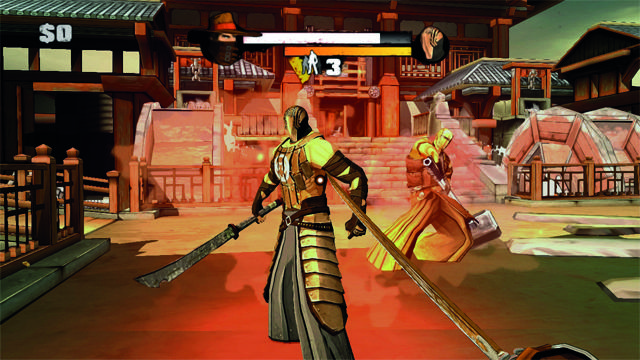Why you can trust 12DOVE
The first Red Steel was a generic, ugly shooter with a bit of clumsy swordplay thrown in to placate Nintendo's motion mandate. Red Steel 2, in direct contrast, is a gorgeous cel-shaded take on a futuristic Wild West with a bit of feudal Japan thrown in. Ubi's learned that you can't do "real" graphics on Wii, so it chose a style and played to Wii’s strengths. The result is a clean, smooth game that’s possibly the prettiest on the platform, and definitely one that’s been given a lot of thought.
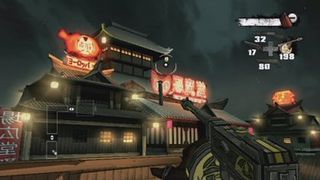
Above: Though you're always in some kind of desert, there are still moments of color and genuinely impressive architecture
That said, no more than 10 minutes into the game and we couldn’t help but draw direct comparisons to Borderlands (for the sci-fi, cel-shaded desert) and Firefly (for the space Western-meets-Asian-influence angle). Even Steel's music is evocative of both properties.
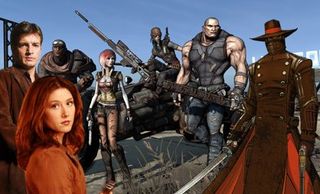
Above: Red Borderfly 2!
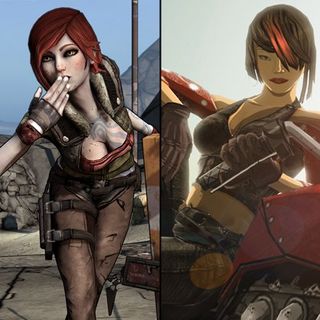
Above: Oh, huh, yeah those do look alike
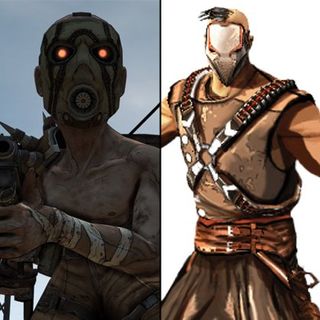
Above: Yikes
We don't mean this as a knock against Red Steel 2 – these are favorable comparisons, as we love both Borderlands and Firefly. The look and feel is so similar that we'd dare say Steel 2 is Borderlands if it had a single-player story, something it could have really used.
Fine, here's the bit about the story
You’re the last Kusagari. Some bad guys have killed your people and now you, as a former outcast, must take up your sacred sword and exact your revenge on the evildoers that made you extinct. There ya go!
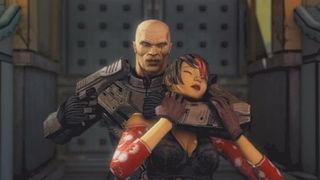
Above: Here's the bad guy. You are now motivated
You'll stab, blast and slash your way through 8-10 hours of hyper-violent (yet T-rated) vengeance, most of which is handled through missions acquired on various bulletin boards. There's no persistent overworld or hub area, so it’s totally linear – each area has its own board with its own missions, so once you leave an area there’s no going back. You have to fulfill the story missions to advance, obviously, but there are also several side quests that are great for filling your pockets with cash for the upgrade stations. Sadly, most of these optional missions are repeated in each area (tear down "Wanted" posters, fight gangs, find X hidden items), but they’re laid out in such a way that you’ll complete them all without much extra effort.
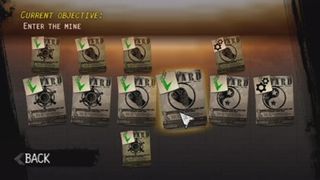
Above: Take a mission, kill some guys, come back etc
Normally we'd deduct points for a game relying on such simple tasks over and over, but again the combat is so engrossing and always evolving that we loved the chance to use new abilities or earn money to buy upgrades for the far-less-interesting guns. It’s true that everything boils down to "kill some guys, find some stuff," but the same could be said for every other FPS on the market, and at least here there the fights are engaging enough to make us forget how linear and plain the arc really is.
But it's not like there's no excitement in the story – the tale does set up some honestly enthralling moments, like scrambling across a speeding train while ninjas jump all over your ass, fighting a boss with a lengthy QTE as he tries to buck you off his truck or the tense one-on-one duels with rival clans. The first-person view, range of moment and shaking camera reminded us a bit of Mirror's Edge, though you're not nearly as nimble.
More info
| Genre | Action |
| Description | The first let so many down, while part two succeeds in just about everything it set out to do. Maybe it’s the bundled MotionPlus, maybe it’s just better programming, but we left Red Steel 2 thinking it could be the most improved sequel of all time. If you’ve given up in Wii shooters, here’s a reason to rethink your stance. |
| Platform | "Wii" |
| US censor rating | "Teen" |
| UK censor rating | "16+" |
| Release date | 1 January 1970 (US), 1 January 1970 (UK) |
A fomer Executive Editor at GamesRadar, Brett also contributed content to many other Future gaming publications including Nintendo Power, PC Gamer and Official Xbox Magazine. Brett has worked at Capcom in several senior roles, is an experienced podcaster, and now works as a Senior Manager of Content Communications at PlayStation SIE.

Blood of Dawnwalker devs explain how the vampire RPG's "narrative sandbox" builds on what they were "known for crafting" in games like The Witcher 3
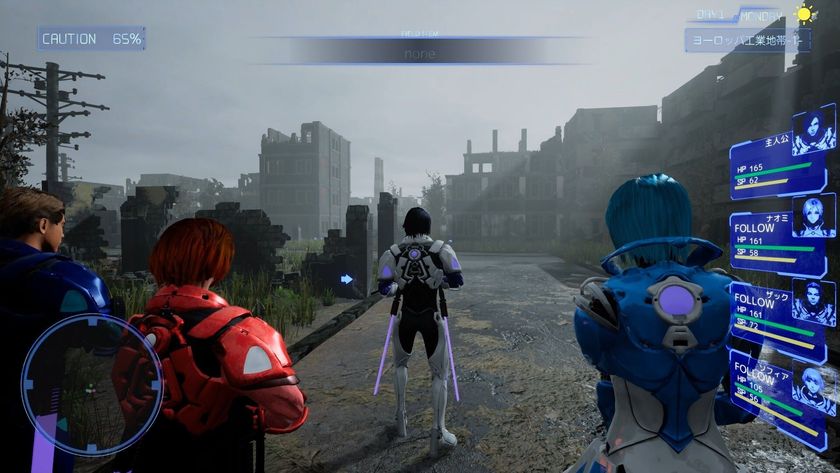
Persona and Metaphor: ReFantazio composer's new JRPG gets a Steam Next Fest demo, and it's basically a turn-based Metal Gear Solid
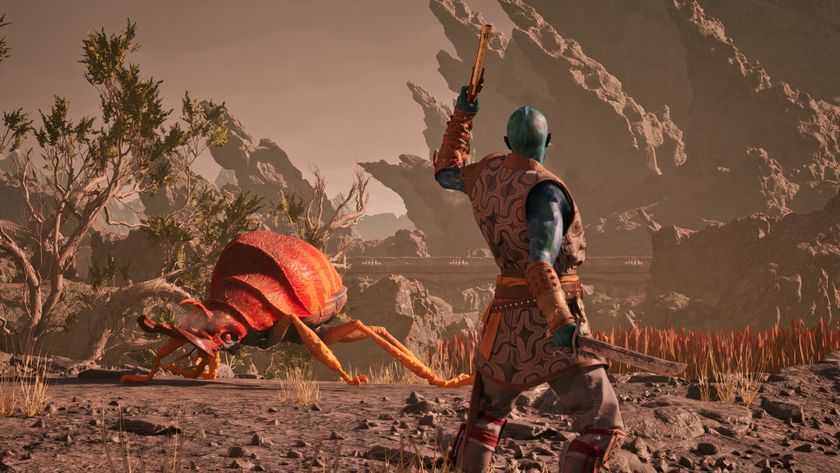
Avowed is nothing like Bethesda's RPGs, but The Elder Scrolls 6 should take inspiration from its combat
Most Popular





